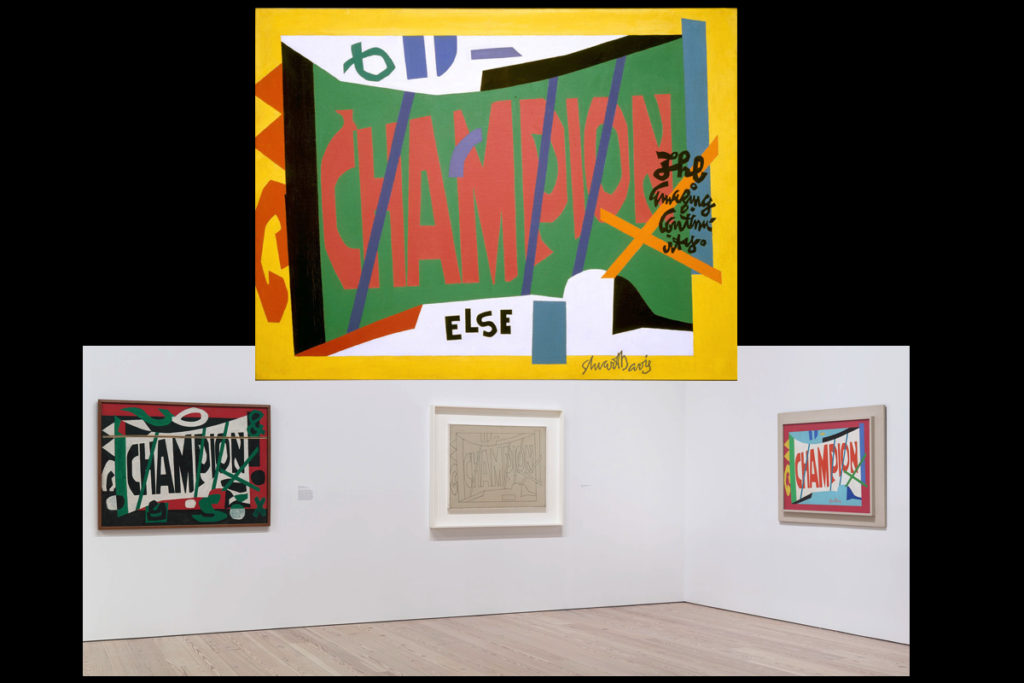Opinion
Going to Bat for Stuart Davis, a Genius in Every Branch of Modernism
THE DAILY PIC: At the Whitney, Stuart Davis is all at once a stylist and a conceptualist.

THE DAILY PIC: At the Whitney, Stuart Davis is all at once a stylist and a conceptualist.

Blake Gopnik

THE DAILY PIC (#1613): So I’ve been taking some flack from some of my smartest art-looking friends for the rave I gave to the art of Stuart Davis, now on view in his retrospective at the Whitney Museum in New York. A few weeks ago, I called Davis a “genius” and “one of the most important, most influential artists in 20th-century America.” Of course, now that my friends have taken me to task, I feel obliged to take their views into sober consideration … and to double down on my original position.
In July, I said that Davis mattered so much because he represented a lost branch of modernism where stylish fluency was a blessing, not a curse. Today, I want to point out that Davis also represents the more aggressive, conceptual, anti-optical branch of modernism we’re more taken with today.
He’s an early master of seriality, working a single subject through every imaginable variation. In today’s Pic it’s the Champion spark-plug, portrayed in black-and-white and several colorways. I imagine Warhol was thinking of Davis, whose work he’d known intimately as a student, when he took on repetition as one of his signature Pop moves.
Davis was also adept at cropping into a single image to yield multiple takes on its content, and at crossing over between disciplines, media, races, classes and even sensory systems: synesthesia, that favorite avant-garde conceit, is a major trope in Davis.
OK, my skeptical friends – it’s your turn: Show me an American artist trained before World War II who got modern art – and the modern world – more right than Davis. (Artworks ©Estate of Stuart Davis / Licensed by VAGA, New York, NY; top image Visa, 1951, collection of the Museum of Modern Art, New York, Gift of Gertrud A. Mellon; lower image installation photo by Ron Amstutz, from left to right, Switchski’s Syntax, 1961, Little Giant Still Life, Black and White Version, 1953, and Little Giant Still Life, 1950)
For a full survey of past Daily Pics visit blakegopnik.com/archive.